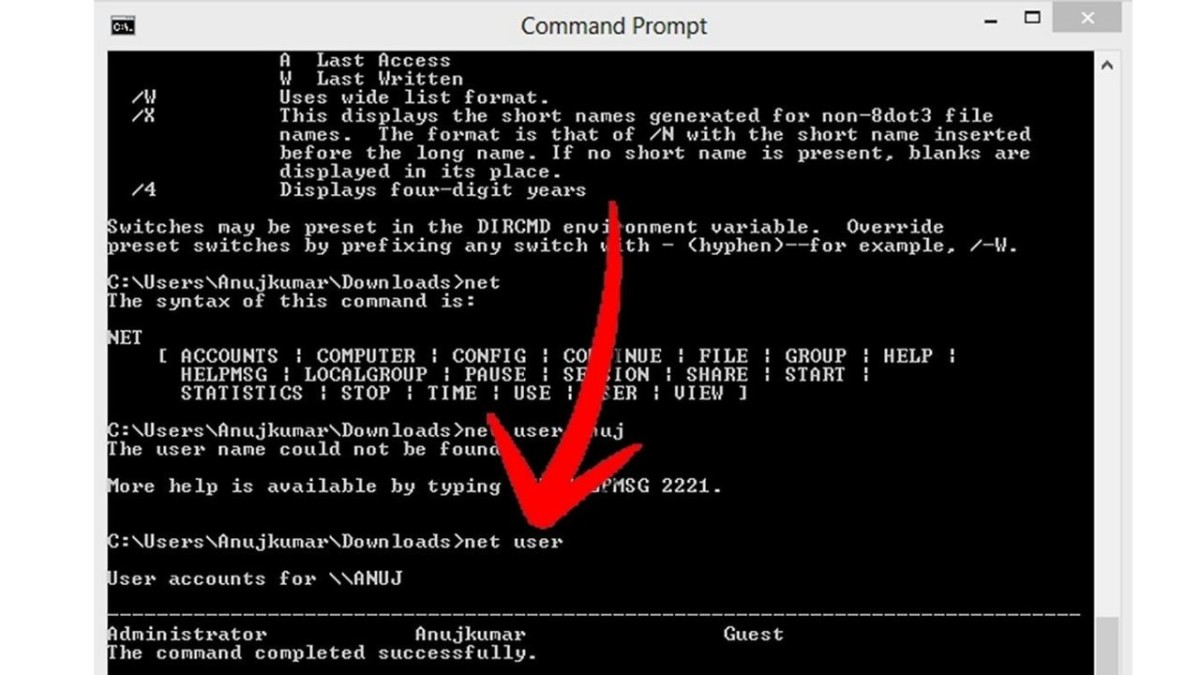What is the command line and what is its importance?
The command line, also known as the terminal or shell, is a powerful tool that allows users to interact with a computer's operating system through text-based commands. While many computer users today are accustomed to using graphical user interfaces (GUIs) to perform tasks like opening programs and manipulating files, the command line offers a level of control and flexibility that simply cannot be matched by a GUI. In this article, we'll explore the importance of the command line and why every computer user should learn how to use it.
First and foremost, the command line offers unparalleled control over a computer's operating system. With just a few keystrokes, users can navigate the file system, edit configuration files, and perform a wide range of tasks that would be much more difficult, if not impossible, to accomplish through a GUI. This level of control is particularly important for power users, developers, and system administrators who need to perform complex tasks quickly and efficiently.
Another key advantage of the command line is its flexibility. Because commands can be combined and scripted, users can automate repetitive tasks and perform complex operations with ease. This is particularly useful for tasks like batch processing, data analysis, and server management, where efficiency and speed are paramount.
Beyond its technical advantages, the command line also offers a level of portability that is unmatched by GUIs. Because the command line is text-based, it can be accessed from virtually any device with a keyboard and a screen, including remote servers and embedded systems. This makes the command line an essential tool for developers and system administrators who need to manage systems across multiple platforms and environments.
Of course, learning to use the command line can be intimidating for users who are accustomed to GUIs. The syntax and structure of commands can be complex, and it can be difficult to remember all of the available options and arguments. However, with practice and perseverance, users can become proficient in using the command line and reap the benefits of increased control, flexibility, and efficiency.
Fortunately, there are many resources available for users who want to learn how to use the command line. Online tutorials, documentation, and forums can all be valuable sources of information and support. Additionally, there are many open-source tools and utilities that can help users automate common tasks and streamline their workflow.
In conclusion, the command line is a powerful and essential tool that every computer user should learn how to use. From its unparalleled control and flexibility to its portability and automation capabilities, the command line offers a wide range of benefits for power users, developers, and system administrators. While mastering the command line may take some time and effort, the rewards are well worth it for anyone who wants to take their computing skills to the next level.






